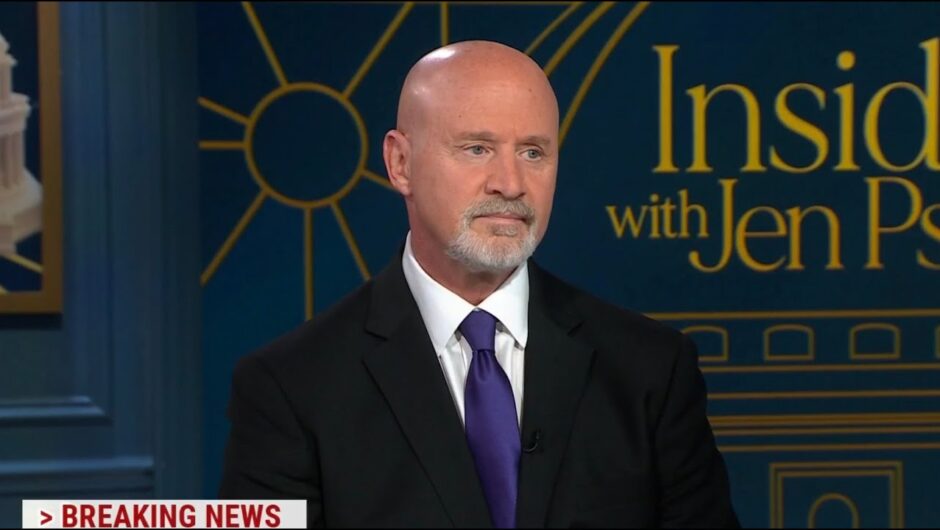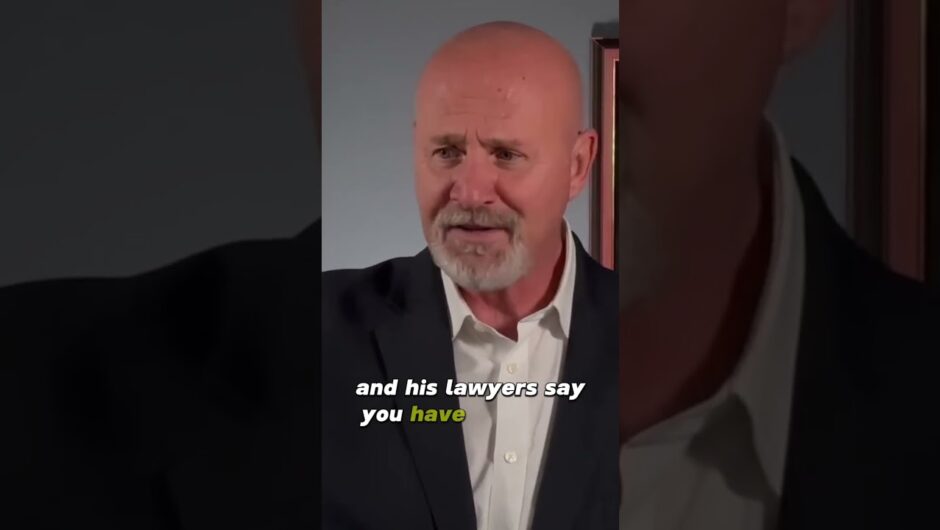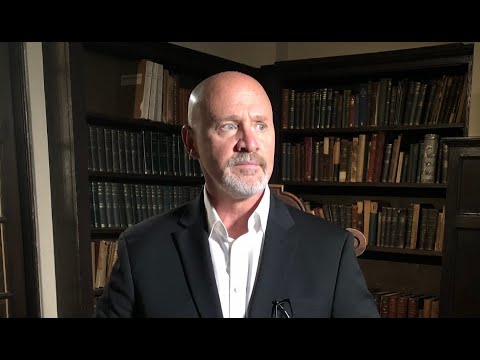news, latest-news,
One of my favourite things to show visitors at Mount Stromlo Observatory is the large meteorite sitting in the foyer. It’s here that we usually ask our tour group if they know the difference between a meteoroid, a meteor, and a meteorite, and the answer is that they are all different stages of the same thing. A meteoroid is a small body lurking in space, much smaller than most asteroids. Some are so small they are microscopic, whereas some of the larger ones may be around a metre or more in size. These meteoroids are usually the left over crumbs of a passing comet or asteroid, and the crumbs are sitting there in the area of the Earth, going around the sun waiting to be gobbled up. A meteor is what happens when the Earth does gobble up these meteoroids. You might know them by another name – shooting stars. When the Earth consumes these crumbs, they burn up in our atmosphere, and this burning is what we see when we spot a shooting star or meteor. Meteor showers happen when the Earth passes through a particularly crowded area of comet crumbs, and therefore we see more meteors in at one time in the sky. Sometimes, if there is a particularly large meteor that doesn’t get fully consumed by the Earth’s atmosphere, it might land on the ground; this is a meteorite – the rock you can pick up at the end. There are three main kinds of meteorites: iron, stony and stony iron. These names refer to what the meteorite is mostly made up of, so an iron meteorite is mostly made up of iron, making them easier to identify than the other types. Stony meteorites can look a bit like our normal Earth rocks, until you cut them open, then they have lots of round crystals, which wouldn’t form on Earth. The third kind – the stony irons – are iron meteorites filled with round crystals, and are the rarest of the three. The three types of meteorites represent different stages in the evolution from small space rock to failed baby planet. Stony meteorites are often referred to as ‘primitive’ meaning they are the least changed and are a good representation of the early Solar System. Iron and stony iron meteorites are fragments of something larger, usually something that was trying to become a planet, but didn’t quite get there. When planets form, they grow by smaller space rocks sticking together and getting bigger and bigger. When these baby planets get big enough, the heavier stuff like iron sinks to the middle and the rocks stay on the surface. This is how all the rocky planets got their iron cores. If these baby planets get hit by something and break up, then you get iron meteorites coming from what was the core, and stony iron meteorites coming from the transition from iron to stone. Sometimes if there’s someone who likes a pun in the group they’ll ask what a ‘meteorwrong’ is, and I’ve heard a wonderful answer from a lecturer: it’s a rock you think is a meteorite, but isn’t.
/images/transform/v1/crop/frm/RXMuw2JbrrS7ELSxSY9rkR/5e984ed8-c65c-49c4-853b-626fb936581f.jpg/r3_0_5998_3387_w1200_h678_fmax.jpg
One of my favourite things to show visitors at Mount Stromlo Observatory is the large meteorite sitting in the foyer. It’s here that we usually ask our tour group if they know the difference between a meteoroid, a meteor, and a meteorite, and the answer is that they are all different stages of the same thing.
A meteoroid is a small body lurking in space, much smaller than most asteroids. Some are so small they are microscopic, whereas some of the larger ones may be around a metre or more in size.
These meteoroids are usually the left over crumbs of a passing comet or asteroid, and the crumbs are sitting there in the area of the Earth, going around the sun waiting to be gobbled up.
A meteor is what happens when the Earth does gobble up these meteoroids. You might know them by another name – shooting stars.
When the Earth consumes these crumbs, they burn up in our atmosphere, and this burning is what we see when we spot a shooting star or meteor.
Meteor showers happen when the Earth passes through a particularly crowded area of comet crumbs, and therefore we see more meteors in at one time in the sky.
Sometimes, if there is a particularly large meteor that doesn’t get fully consumed by the Earth’s atmosphere, it might land on the ground; this is a meteorite – the rock you can pick up at the end.
There are three main kinds of meteorites: iron, stony and stony iron. These names refer to what the meteorite is mostly made up of, so an iron meteorite is mostly made up of iron, making them easier to identify than the other types. Stony meteorites can look a bit like our normal Earth rocks, until you cut them open, then they have lots of round crystals, which wouldn’t form on Earth. The third kind – the stony irons – are iron meteorites filled with round crystals, and are the rarest of the three.
The three types of meteorites represent different stages in the evolution from small space rock to failed baby planet.
Stony meteorites are often referred to as ‘primitive’ meaning they are the least changed and are a good representation of the early Solar System. Iron and stony iron meteorites are fragments of something larger, usually something that was trying to become a planet, but didn’t quite get there.
When planets form, they grow by smaller space rocks sticking together and getting bigger and bigger.
When these baby planets get big enough, the heavier stuff like iron sinks to the middle and the rocks stay on the surface. This is how all the rocky planets got their iron cores. If these baby planets get hit by something and break up, then you get iron meteorites coming from what was the core, and stony iron meteorites coming from the transition from iron to stone.
Sometimes if there’s someone who likes a pun in the group they’ll ask what a ‘meteorwrong’ is, and I’ve heard a wonderful answer from a lecturer: it’s a rock you think is a meteorite, but isn’t.
- Eloise Birchall is a PhD student in astrophysics at the Research School of Astronomy and Astrophysics at the Australian National University.







